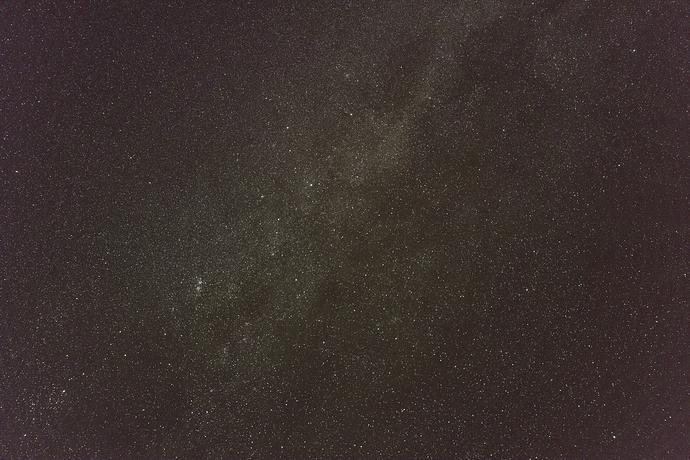No, not with poor quality, it depends on the number of images. If you have 100 images stacked in some parts of the frame, and 120 images elsewhere, the part you are saying has “low quality”, still has 100 images stacked.
The SNR will be higher in the parts with 120 by 9.5%. That’s a tiny difference in SNR. It shouldn’t be visible. The portions with 100 images stacked can still be very high quality by any absolute standard.
This ought to have nothing to do with mosaic mode. I did NOT use mosaic mode in either DSS or APP. I am stacking images on a reference frame. The result is clipped to that refence frame.
How is that a mosaic? There is only a single panel.
It’s true that my subs do not all line up perfectly, but that does not make it a mosaic.
SIRIL made a design decision to not do mosaics. Mosaics involve correcting for lens distortion and are more complicated in the image geometry.
But that’s not relevant here. Apparently you are interpreting no mosaics as an excuse to do a bad job on stacking a single frame.
What is the origin of the edges? Doing the math on averaging would suggest that the should not be big difference between an average of 100 versus say an average of 120.
Obviously if there was a big difference in the background brightness in the 20 shots that were different between the two that would be one thing but that is not the case for my shots.
And, even if there is some difference, SIRIL has a normalization option, which I used, which is supposed to (as much as possible) get rid of variations in background brightness.
So its not clear to me why the edges are so visible in SIRIL.
But regardless of why its there, it’s a bug. It just means SIRIL is useless for stacking unless there is perfect alignment.
Which is unfortunate - it makes SIRIL very limited in applicability for people that want to incorporate subs from previous sessions. If you set out to shoot a specific shot, then you can align things, but if you have relevant frames you shot with a different alignment in the past - then you can’t.



